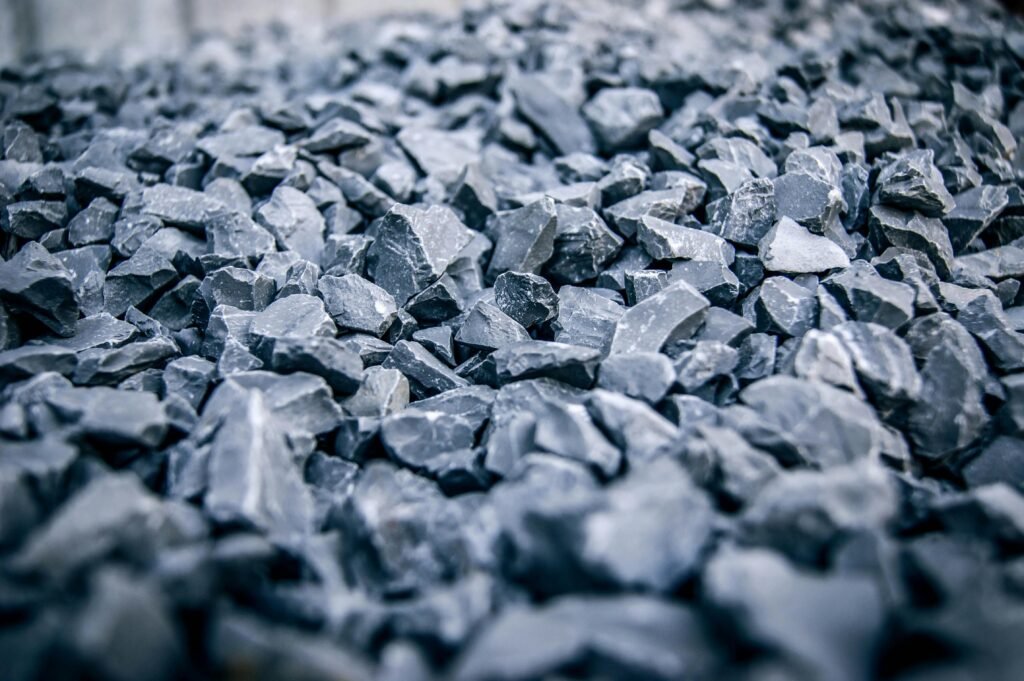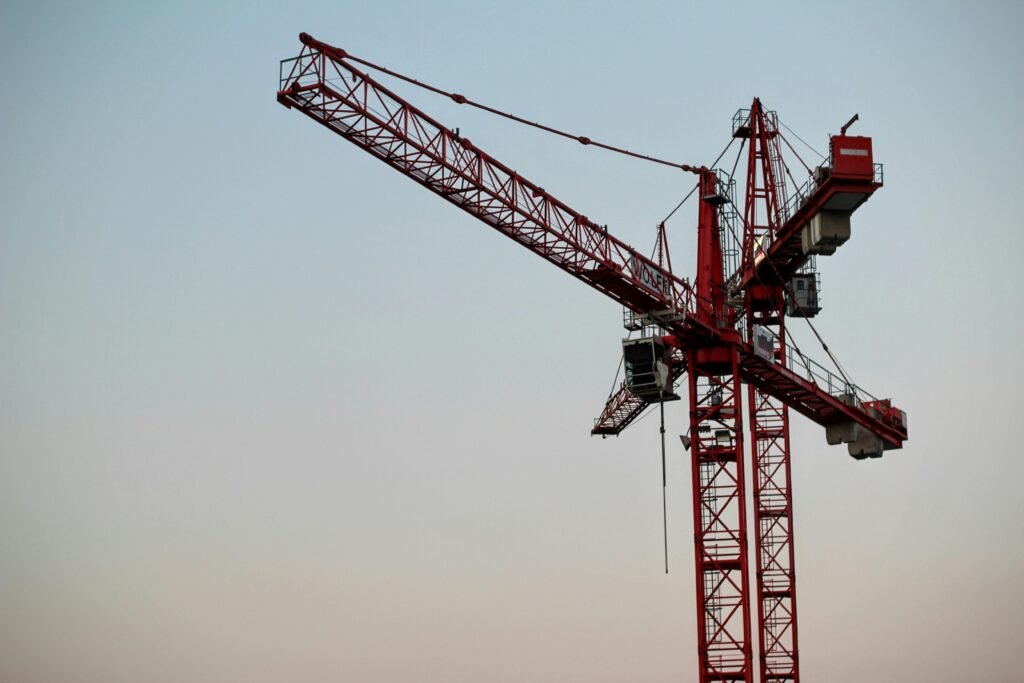As the saying goes, “You reap what you sow.” When it comes to construction projects, this adage holds true for eco-friendly initiatives as well. By incorporating sustainable materials, energy-efficient designs, and green building certifications, you can not only create a healthier environment but also reap long-term benefits. Eco-friendly construction projects and innovations focus on minimizing the negative impact on the planet while maximizing efficiency and resource conservation. From waste management solutions to the integration of renewable energy sources, these initiatives strive to create a more sustainable future. So, whether you’re a builder, investor, or homeowner, embracing eco-friendly construction practices can lead to a greener, more sustainable world for generations to come.
Key Takeaways
- Incorporate upcycled furniture and use reclaimed materials to reduce waste and promote sustainability in construction projects.
- Implement energy-efficient designs such as passive cooling techniques and maximizing natural light to reduce energy consumption and minimize environmental impact.
- Obtain green building certifications like LEED to demonstrate commitment to energy efficiency, water conservation, and indoor environmental quality, and to attract environmentally conscious clients.
- Implement waste management solutions such as recycling techniques for construction waste and designing for reuse and repurposing, contributing to the conservation of natural resources and minimizing waste generation.

Sustainable Materials
You can incorporate sustainable materials into your construction projects to minimize environmental impact. One way to do this is by using upcycled furniture. Instead of buying new furniture, consider repurposing old furniture or using reclaimed materials to create unique and eco-friendly pieces. Upcycled furniture not only reduces waste but also adds character and charm to your project. Another sustainable material to consider is biodegradable insulation. Traditional insulation materials, such as fiberglass and foam, can have negative environmental effects. However, biodegradable insulation is made from natural materials like recycled cotton, cellulose, and sheep’s wool, making it an eco-friendly alternative. Not only does it provide excellent insulation, but it also helps reduce energy consumption. By using sustainable materials like upcycled furniture and biodegradable insulation, you can make a positive impact on the environment while still creating beautiful and functional spaces. So, next time you embark on a construction project, think about incorporating these sustainable materials to minimize your ecological footprint.
Energy-Efficient Designs
To create energy-efficient designs, consider implementing sustainable building practices and technologies. One way to achieve this is by utilizing passive cooling techniques. These techniques use natural elements like shading, insulation, and cross ventilation to regulate indoor temperature without relying heavily on air conditioning. By strategically placing windows and using reflective materials, you can maximize natural light while minimizing heat gain. Additionally, incorporating smart home automation can further enhance energy efficiency. With smart thermostats, you can easily control and program your heating and cooling systems to optimize energy usage based on your preferences and schedule. Smart lighting systems can automatically adjust brightness and turn off when not in use. You can even integrate renewable energy sources like solar panels and wind turbines into your design to generate clean and sustainable power. By combining these energy-efficient strategies, you can significantly reduce your building’s energy consumption and environmental impact.
Green Building Certifications
Implementing green building certifications is a crucial step in ensuring the eco-friendliness of construction projects. These certifications provide a standardized framework for evaluating and verifying the sustainability of a building. One of the most well-known green building certifications is LEED (Leadership in Energy and Environmental Design), which recognizes buildings that are designed, constructed, and operated with a focus on energy efficiency, water conservation, and indoor environmental quality. By adhering to the requirements set by these certifications, construction projects can benefit from various green building incentives, such as tax credits, grants, and expedited permitting processes. Moreover, green building certifications help reduce the carbon footprint of construction projects by promoting the use of renewable energy sources, energy-efficient technologies, and sustainable materials. They also encourage waste reduction and recycling practices, as well as the implementation of innovative water management strategies. By obtaining green building certifications, construction projects can showcase their commitment to sustainability, attract environmentally conscious clients, and contribute to a greener future. With green building certifications in place, the next step is to address waste management solutions and ensure a holistic approach to eco-friendly construction practices.
Waste Management Solutions
Once green building certifications have been implemented, it is important to address waste management solutions to ensure an eco-friendly construction project. Recycling techniques and the implementation of a circular economy are key components in achieving this goal.
Recycling techniques play a vital role in waste management solutions. Materials such as concrete, wood, and steel can be recycled and repurposed instead of being sent to landfills. By separating and sorting construction waste on-site, you can ensure that recyclable materials are properly disposed of and diverted from the waste stream. This not only reduces the environmental impact but also contributes to the conservation of natural resources.
In addition to recycling, embracing a circular economy approach is crucial. This means designing buildings and infrastructure with the intention of reusing and repurposing materials at the end of their lifecycle. By incorporating modular construction methods and using materials that can be easily disassembled and reused, you can create a sustainable construction process that minimizes waste generation.
Renewable Energy Integration
To maximize the sustainability of your eco-friendly construction project, integrate renewable energy into the design and operation of your buildings and infrastructure. Renewable energy sources such as solar power are becoming increasingly accessible and efficient, making it easier than ever to harness the power of the sun and reduce your reliance on fossil fuels. With advancements in solar panel technology, you can now install highly efficient panels that can generate a significant amount of electricity for your buildings.
In addition to solar panel technology advancement, integrating renewable energy into your project involves smart grid implementation. A smart grid is an intelligent electrical grid that uses digital technology to efficiently manage the generation, distribution, and consumption of electricity. By connecting your buildings to a smart grid, you can optimize energy usage and reduce waste through real-time monitoring and control systems.
By incorporating renewable energy and smart grid technology into your project, you can reduce your carbon footprint, lower energy costs, and contribute to a more sustainable future. Not only will you be able to generate clean and renewable energy on-site, but you will also have the ability to feed excess energy back into the grid, further promoting the use of renewable energy in your community.

Frequently Asked Questions
What Are Some Common Challenges Faced in Implementing Sustainable Materials in Construction Projects?
When implementing sustainable materials in construction projects, you may encounter challenges such as limited recycling strategies and difficulties in sourcing sustainable materials. However, with proper planning and innovative solutions, these obstacles can be overcome.
How Can Energy-Efficient Designs Help Reduce the Carbon Footprint of a Building?
Energy-efficient designs can significantly reduce the carbon footprint of a building. By implementing sustainable materials, optimizing insulation, and utilizing renewable energy sources, you can make a positive impact on the environment while saving on energy costs.
What Are the Key Benefits of Obtaining Green Building Certifications for Construction Projects?
Obtaining green building certifications is important because they provide numerous benefits. These certifications validate your commitment to sustainability and energy efficiency, enhance your reputation, and attract environmentally conscious clients and investors.
How Can Waste Management Solutions Contribute to a More Eco-Friendly Construction Process?
You can make the construction process more eco-friendly by implementing waste management solutions. These solutions help in reducing waste and promoting a circular economy, where materials are reused or recycled instead of being discarded.
What Are Some Innovative Ways to Integrate Renewable Energy Sources Into Construction Projects?
You can integrate renewable energy sources into construction projects by utilizing green building designs and incorporating solar powered infrastructure. These innovative methods not only reduce environmental impact but also promote sustainable energy solutions.
Conclusion
Cramer Rao Construction Ltd. leads the way in eco-friendly construction, integrating sustainable practices into every project. Our team stays ahead of the curve, utilizing innovative green technologies that reduce environmental impact without compromising quality. Energy-efficient designs, sustainable materials, and waste-reduction strategies are at the core of our approach. We are committed to building a greener future, while meeting your construction needs with precision and expertise. Contact us today for eco-friendly projects that balance sustainability with performance, ensuring a lasting impact on both your project and the environment.